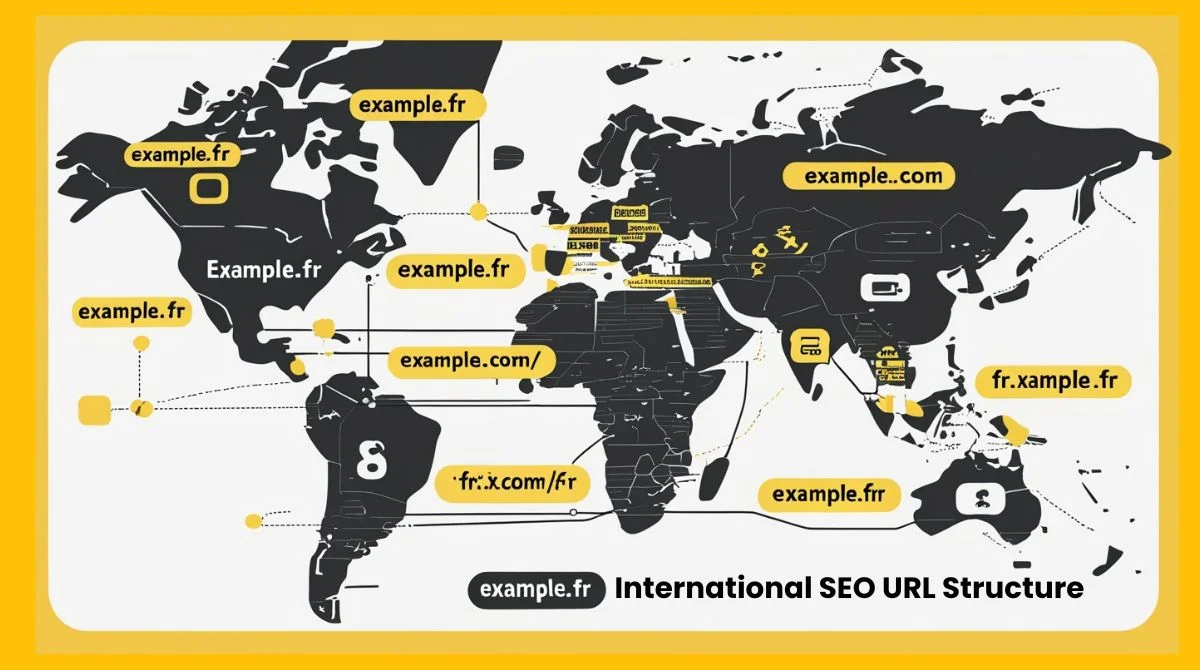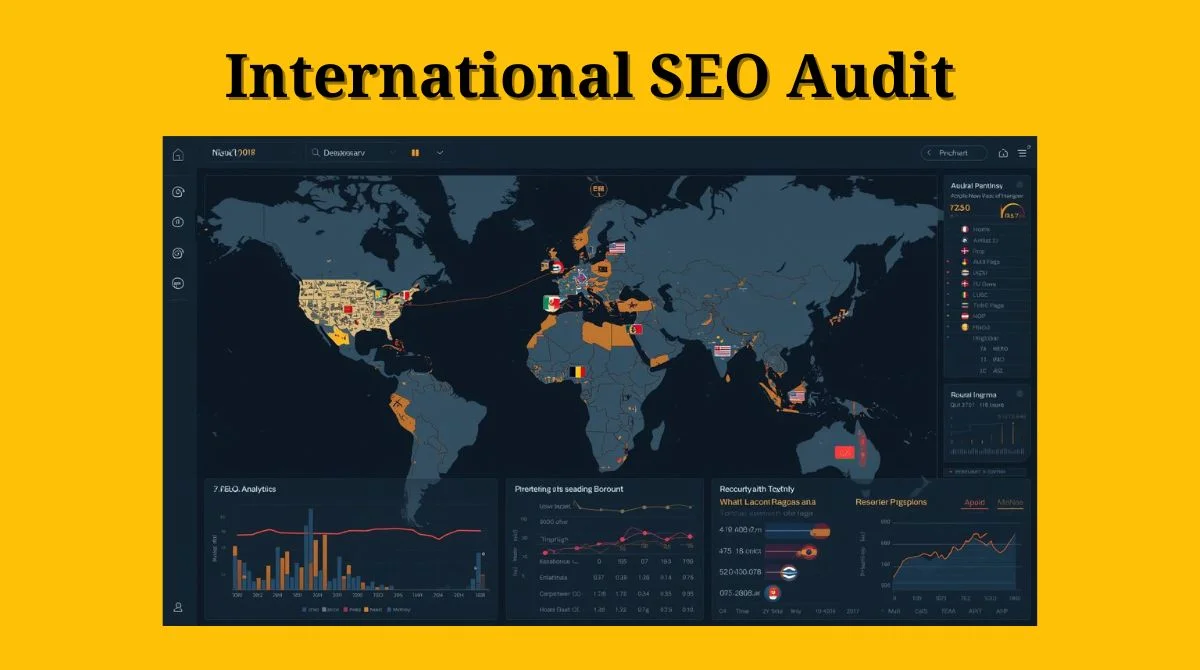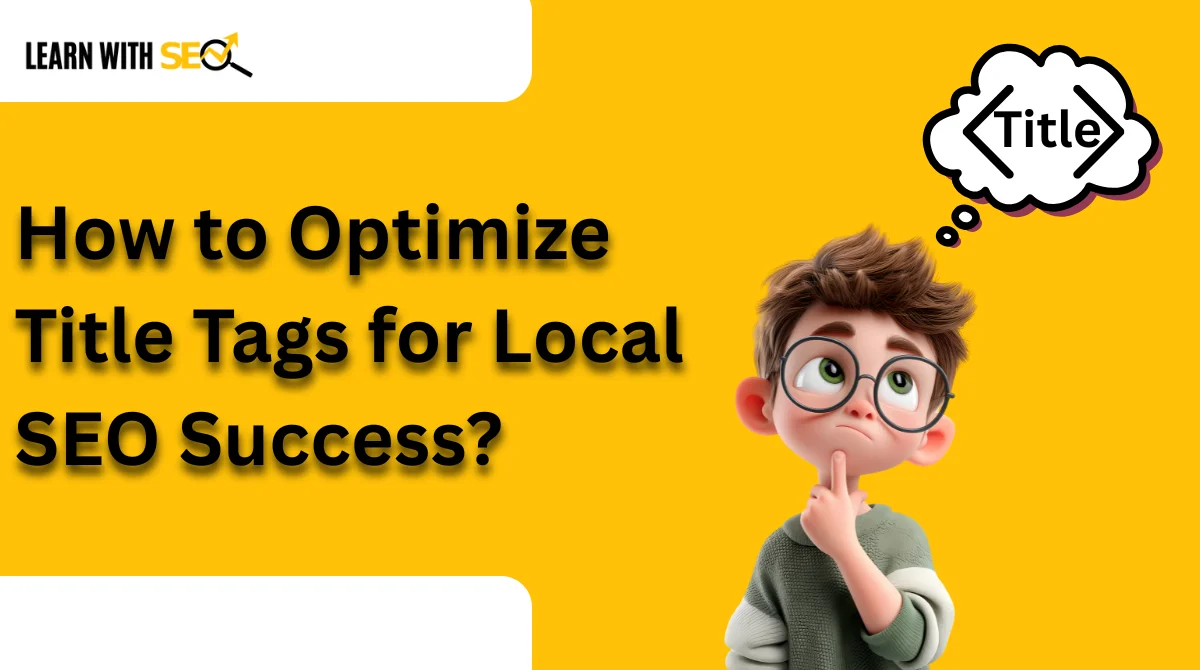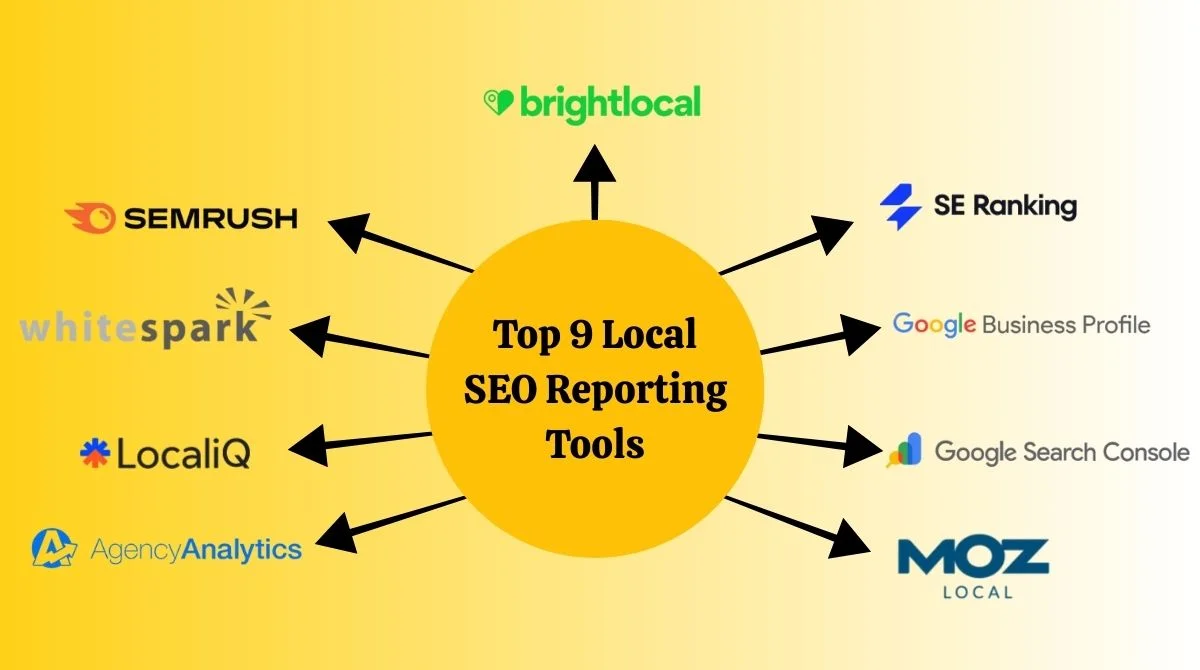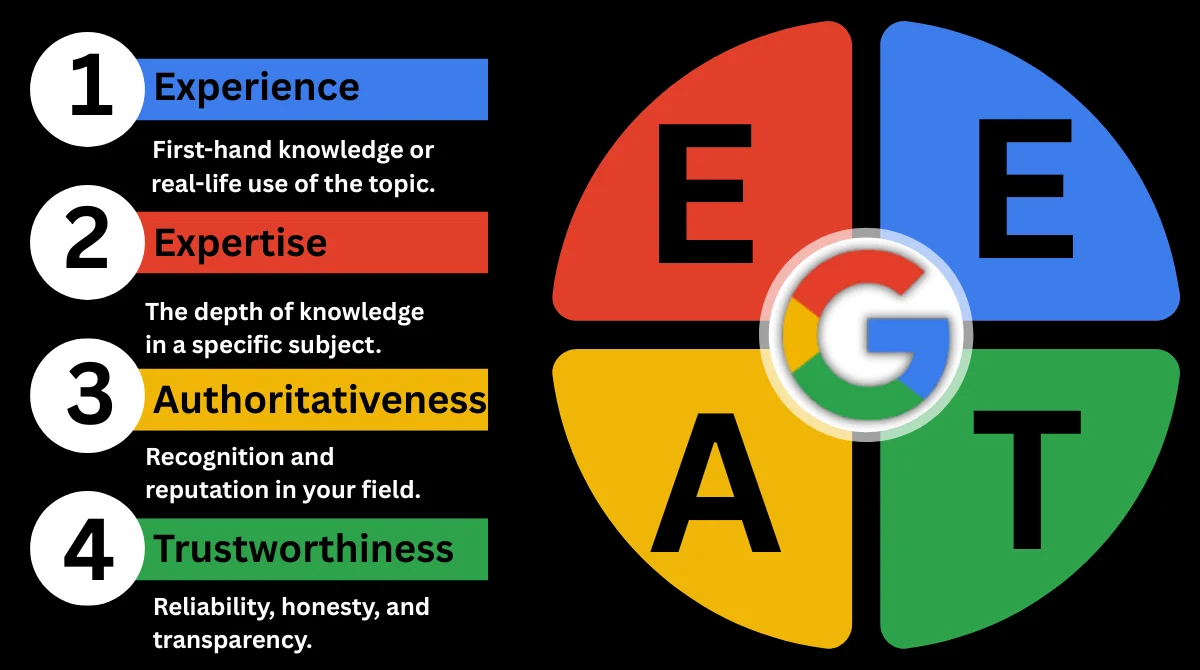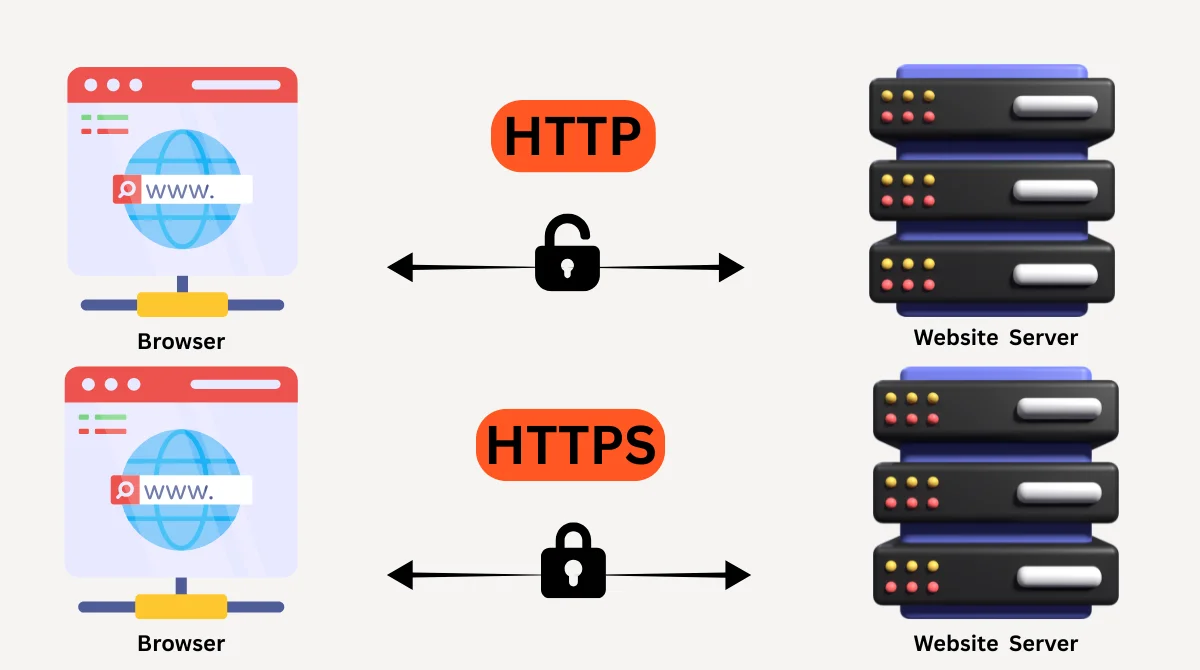- Why You Need Specialized Tools for International SEO?
- Top Tools for Your International SEO Audit
- Free Tools That Pack a Punch
- What to Look for in International SEO Audit Tools?
- How to Conduct an International SEO Audit?
- Common International SEO Issues These Tools Catch
- Choosing the Right Tool Combination
- Best Practices for International SEO Audits
- Moving Forward with Your International SEO Audit
Running a website that targets multiple countries can be tough. You need the right tools to make sure your international SEO audit covers everything. From checking hreflang tags to analyzing regional performance, these tools help you rank better across borders.
Let’s explore the best options available today.
Why You Need Specialized Tools for International SEO?
Global websites face unique challenges. You’re not just optimizing for one search engine in one language. You’re dealing with multiple versions of your site, different languages, and regional search engines.
An international SEO audit requires tools that can handle complexity. Regular SEO tools might miss critical issues like incorrect hreflang implementation or regional content duplication.
Top Tools for Your International SEO Audit
Google Search Console
This free tool provides data directly from Google, showing how you rank for keywords and displaying the impressions and clicks you receive. You can filter results by region to see exactly how each country performs.
It’s your starting point for any international SEO audit. The tool shows indexing issues, mobile usability problems, and security concerns specific to each regional version of your site.
Set up separate properties for different domains or subdirectories. This gives you clearer insights into each market’s performance.

Screaming Frog SEO Spider
This desktop crawler simulates how search engine bots crawl your site, revealing issues with broken links, duplicate content, metadata, redirects, and internal linking. For international sites, this tool is gold.
The SEO Spider can audit and find common errors with hreflang through HTML link elements, HTTP headers, or XML Sitemaps. You can customize crawl depth and integrate with APIs for deeper analysis.
The free version allows up to 500 URLs. For larger international sites, the paid version, starting around $52 monthly, is worth every penny.

Semrush
This all-in-one platform excels at international SEO audits. It checks technical issues, tracks rankings across different countries, and analyzes competitors in each market.
You can run a full site audit using Semrush to catch conflicts with canonical tags, indexing issues, or duplicate content problems. The Position Tracking tool lets you monitor rankings in specific locations.
Semrush also offers keyword research tools filtered by country and language. This helps you understand what people actually search for in different regions.

Ahrefs
Ahrefs’ Site Audit, which is free to use with an Ahrefs Webmaster Tools account, provides the perfect place to review your hreflang implementation. The tool catches technical errors that could hurt your international rankings.
Beyond auditing, Ahrefs shows you backlink profiles for each country-specific version of your site. You can track which regions bring the most referral traffic and identify link-building opportunities in new markets.
The Content Explorer feature helps you find popular content in specific countries. This guides your content strategy for each region.

Sitebulb
This visual crawler makes complex international SEO issues easy to understand. It identifies hreflang errors, missing return links, and inconsistent language codes while providing interactive visualizations of hreflang structures.
Sitebulb Cloud allows larger-scale crawls and real-time collaboration. This works great for teams managing multiple international sites.
The reports are client-friendly too. You can share findings with stakeholders who don’t have technical SEO backgrounds.

Free Tools That Pack a Punch
Google Analytics
Track user behavior across different regions. Create custom segments for each country and language to understand engagement levels and conversion patterns.
See which regions drive the most traffic and which need improvement. The data guides your international SEO strategy.

Hreflang Testing Tools
Hreflang annotations can be hard to implement properly, so specialized tools allow you to quickly check if hreflang tags for a page in HTML, HTTP headers, or XML Sitemaps are correct.
TechnicalSEO.com offers a free hreflang checker. Simply enter your URL, and it validates the implementation instantly. These quick checks save hours of manual verification. Run them regularly to catch errors before they affect rankings.

What to Look for in International SEO Audit Tools?
Hreflang Validation
Your tool must check hreflang tags thoroughly. Look for features that identify missing return links, incorrect language codes, and conflicting signals.
Use tools like Screaming Frog or Sitebulb to crawl tagged pages and surface issues. These crawlers catch problems automated checkers might miss.
Multi-Region Tracking
The best tools let you track performance separately for each target market. You should see rankings, traffic, and conversions broken down by country.
This granular data reveals which regions perform well and which need attention. Without it, you’re flying blind.
Technical SEO Capabilities
International sites have complex technical requirements. Your audit tool should check canonical tags, XML sitemaps, site speed, and mobile-friendliness across all regional versions.
Features like crawl monitoring help you track how search engines interact with your international sitemaps and make proactive adjustments to improve crawl efficiency.
Competitor Analysis
Understanding what works in each market requires competitive intelligence. Choose tools that analyze competitor strategies in specific countries.
See what keywords they rank for, what content performs best, and how their technical setup differs from yours. This knowledge shapes your international SEO strategy.
How to Conduct an International SEO Audit?
Step 1: Set Up Tracking
Configure Google Search Console and Google Analytics for each regional version. This creates the foundation for your audit. Verify all properties and ensure data flows correctly. Check that filters and segments capture regional performance accurately.
Step 2: Crawl Your Site
Use Screaming Frog or Sitebulb to crawl all international versions of your site. Pay special attention to hreflang implementation and canonical tags.
Export the data and look for patterns. Common issues include missing hreflang tags, incorrect language codes, and broken internal links.
Step 3: Validate Hreflang
Run your pages through dedicated hreflang checkers. Verify that every page has proper bidirectional hreflang tags. Check both the HTML source and XML sitemaps. Consistency across implementation methods prevents confusion for search engines.
Step 4: Analyze Performance
Review rankings, traffic, and conversions for each target market. Identify underperforming regions and investigate causes. Look at technical issues, content quality, and local competition. Each market has unique challenges requiring specific solutions.
Step 5: Check Technical Health
Audit site speed, mobile usability, and Core Web Vitals for each regional version. Performance expectations vary by region based on typical connection speeds.
Fix crawl errors, broken links, and redirect chains. These technical issues affect all regions but may manifest differently in each market.

Common International SEO Issues These Tools Catch
Incorrect Hreflang Implementation
This is the most common problem. Tools catch missing return tags, wrong language codes, and pages that point to themselves incorrectly. Even small hreflang errors confuse search engines about which version to show users. Regular audits prevent these mistakes.
Duplicate Content Without Proper Signals
When you have similar content in multiple languages or regions, you need clear signals. Tools identify pages lacking hreflang tags or canonical URLs. Without proper markup, search engines might see this as duplicate content. That hurts rankings across all versions.
Regional Targeting Conflicts
Sometimes site structure conflicts with regional targeting. Tools catch issues where URL structure, hreflang tags, and Search Console settings send mixed signals.
These conflicts prevent search engines from understanding your international setup. Fixing them often leads to immediate ranking improvements.
Crawl Budget Waste
International sites can be massive. Tools help you identify pages wasting crawl budget through redirect chains, infinite pagination, or duplicate content.
Crawl monitoring features track how search engines interact with your international sitemaps. This helps you optimize for efficient crawling.
Choosing the Right Tool Combination
No single tool does everything perfectly. Most SEO professionals combine multiple tools for comprehensive international SEO audits. Start with free options like Google Search Console and Google Analytics. These provide essential data at no cost.
Add a crawler like Screaming Frog for technical audits. The free version works for smaller sites, while the paid version handles enterprise needs.
Consider a premium platform like Semrush or Ahrefs for ongoing monitoring and competitive analysis. These tools offer depth that free options can’t match.
Best Practices for International SEO Audits
Run Audits Regularly
Don’t wait for problems to appear. Schedule quarterly audits to catch issues early. International SEO is complex and changes frequently. Regular checkups keep your site healthy across all regions.
Test After Major Changes
Run a focused audit after launching new regional versions or making technical updates. Verify that changes didn’t break existing international SEO elements.
This prevents small mistakes from becoming big problems. Catching errors immediately saves time and rankings.
Document Your Findings
Keep detailed records of each audit. Note issues found, actions taken, and results achieved. This documentation helps you spot patterns over time. You’ll see which issues recur and need permanent solutions.
Prioritize Based on Impact
Not all issues are equal. Fix problems affecting multiple regions first, then tackle region-specific issues. Focus on technical errors that block search engines before optimizing content. You can’t rank if search engines can’t crawl your pages properly.
Moving Forward with Your International SEO Audit
The right tools make international SEO manageable. Start with free options like Google Search Console to understand your current situation.
As your international presence grows, invest in paid tools. The improved rankings and traffic will justify the cost.
Your international SEO audit isn’t a one-time task. It’s an ongoing process that requires consistent monitoring and testing. Focus on providing value to users in each region while combining technical optimization with local market knowledge.


